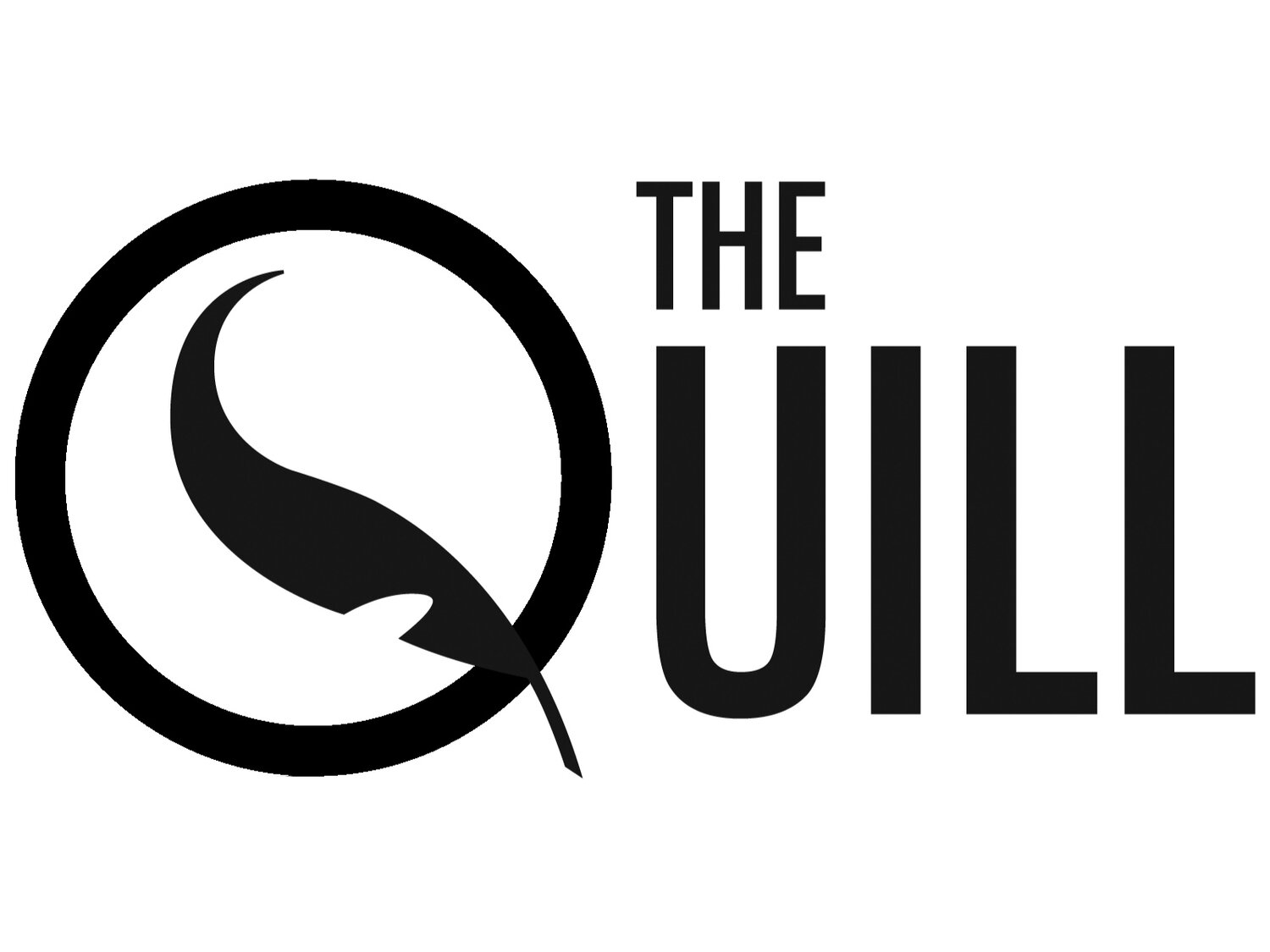Brandon University Professor Kerry DuWors. (Donna Santos Photo & Video / Canada Council for the Arts)
Most of the offices in the Queen Elizabeth II building have varying amounts of eclectica on the walls, on the floor, on the desk. Usually, a carefully-maintained piano graces the room: in the larger offices, one or even two grand pianos; in the smaller ones, a single upright. There is, most of the time, a window, more often than not semi-obscured by a tree. The offices of the music faculty are a mix of the dizzyingly busy professor and performer, and the calm, Zen-like attitude many of their denizens adopt as artists and teachers. Kerry DuWors’ office is no exception. It is large, and tidy; there is a piano; there is a window. There are shelves of books, musical and otherwise. There are folders of paper, and pencils and pens.
Sitting on her desk, over top of all else, ready to greet her and anyone else when they walk in her office door, is her violin. It is somewhat of a dark orange colour; it shines in the dim light of her lamp; her bow sits beside it. It is almost like a stock photo, something you might find by Googling “violin on desk” – an image which perfectly sums up the teaching performer. This is where I work, and this is what I do. Speaking with Professor DuWors, there is nothing more eminently clear.
Professor DuWors is a doctoral student at the Eastman School of Music, having started her Doctor of Musical Arts in the fall of 2010. She has taught at Brandon University since 2003, and she began her violin studies at the age of two and a half – in her own words, “my whole life is summed up when I’m playing the violin.” Kerry is, as of writing, in Banff, where she will be working towards her next career goal: a professional recording with her collaborative pianist, Futaba Niekawa, also a doctoral student at Eastman.
Ms. DuWors’ most recent step forward in her career and her ongoing studies was receiving the violin which sits on her desk: a 1902 Enrico Rocca violin, on loan from the Canada Council of the Arts. This competition grants thirteen violinists and five cellists from across Canada a three-year loan of an instrument in the Council’s Musical Instrument Bank: to spark your imagination, the violin which Professor DuWors will be playing for the next three years is valued at $225,000, and the total value of all the instruments owned by the Council is estimated to be over $35 million. The program itself is unique to Canada: Professor DuWors comments that, “There are separate private granting agencies in America […] usually it’s because of really affluent philanthropists and donors that want to see their prized possessions played in public, because it’s like a media grab as well – but this is the only thing of its kind.” Kerry also adds that, “[it’s] not suffering from any of those cuts we hear about, thank goodness. It’s protected.”
Interestingly enough, Ms. DuWors chose this instrument the first time she placed in the competition, in 2003. This is her fourth placement in the competition: her previous choices, in 2006 and 2009, were a 1747 Palmason Januarius Gagliano violin, worth $350,000, and an 1820 Joannes Franciscus Pressenda violin, worth $380,000. When asked why she returned to the 1902 Enrico Rocca this time, she replied, “It just felt like I was coming home. Very comfortable. There’s something in the feel of an instrument that needs to be natural; it’s got to be a part of you.” The importance of this level of comfort and familiarity with an instrument comes into sharp focus when she talks about how it affects her teaching: “It just makes everything easier: all of that hard work that we put in […] there’s not this big hurdle that you need to get over in terms of the equipment or it’s not feeling right. It […] responds to everything.”
Continuing on the subject of her work at BU, Ms. DuWors discussed how her participation in this competition, as well as her subsequent work with the violins she’s received, affects her students. First of all, she says, “My students […] don’t realize that there are places and things and people that can support them in their study and in their musicmaking.” She adds that she is grateful for the influence the Internet now has in finding information about programs such as these and many others. Furthermore, she includes that “the amount of preparation that one needs to do when one goes into a competition setting […] is very good for them to see”. Finally, she speaks to one of the eternal gripes of a young musician: instrument issues. “It’s possible for them to see that […] it’s not necessarily just them and their technique, but maybe it’s an instrument thing,” she says. “Learning how to make these sounds on whatever they have now: that’s their motivation.”
Throughout our conversation, Professor DuWors comes across as entirely at-ease: she is relaxed and talkative, animated as she discusses everything from the repertoire on her upcoming recording project to the particulars of her doctoral degree requirements. Her knowledge is evident, but her love of continuous learning and experience is even more so. While her work with the gorgeous hundred-and-ten-year-old violin will no doubt be inspirational, especially so to her students here at the university, it is easy to understand and share in her excitement and motivation to pursue her passions.
